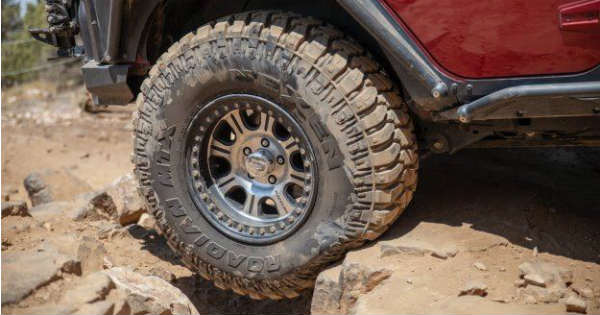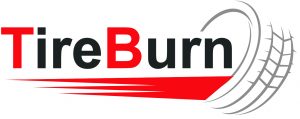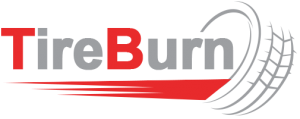Tires form a very important part of a vehicle. It can’t operate without them and they also determine how efficient the vehicle will be on the road. For a smooth ride, they ought to be installed and maintained properly. This ensures both safety and cost-effectiveness since it reduces the chances of tire bursting or coming off while driving and also increases durability. Checking and topping up air pressure is part of the maintenance process. Here is what you should know about the topic. Also, you can check this review website for more information.

How to do it
Checking the pressure of your tires is very easy. All you have to do is buy a good quality pressure gauge for the purpose. This should be accurate and precise without any deviations that are unaccounted for. Go for a digital one as it is easy to use and obtain clear readings. You can get one at a reputable tire vending store or auto repairs.
The process is as simple as removing the cap covering the valve on tire then connecting the open end of the gauge to the valve. This is done by gently pressing that end onto the valve and then firmly until the hissing sound stops.
The sound is an indication of escaping air hence you should only take a few seconds while connecting to avoid deflating it. Obtain the reading on the gauge and note it down. Do the same for the rest of the tires. If the readings obtained are different from the recommended levels then you will have to adjust them using the procedure below:
- If the reading is below the recommended value then use the button on the digital gauge to increase it to the level required and press OK. When it has been inflated to the specified quantity you will hear a beeping sound. Disconnect the hose from the valve and fasten the valve cap as it was before.
- If the reading is above the recommended value, gently remove the hose from the valve just enough to allow the air to be released slowly. When the reading on the gauge reaches the desired level, completely disconnect the hose and fasten the valve cap. Click here to find out more.
Why should you do it?
As mentioned earlier, this is part of the tire maintenance process. Increasing the inflation to a value above the one recommended by the manufacturers has both advantages and disadvantages. It reduces friction thus preserving the rubber by reducing wear, especially on the sides.
It also reduces fuel consumption since it allows smooth rolling motion. On the other hand, it reduces the stability hence vulnerability to skidding and makes it hard to brake or handle the vehicle with ease. See this link to know a few benefits of checking for the pressure in your car tires https://www.topgearbox.com/cars/your-car/why-tyre-pressure-is-important/
Also, Under-inflation provides stability and is recommended for four-wheel-driving. This is because it increases the effective area of the tire that is in contact with the ground. It is also a good option for driving on rough or uneven terrain as it reduces the chances of getting a puncture. The downside is that it results in increased friction hence more wear and fuel consumption.
The manufacturers design the products to operate in a balanced manner under the specified recommendations. This in turn affects factors such as durability, stability, fuel consumption, and comfort. Altering the air pressure affects one or more of these factors either negatively or positively. Therefore, before you make any adjustments that deviate from the specifications you should be aware of the effects.
What are some of the best practices?
- If you want to check the pressure, do so in the morning when the temperature is either cool or moderate. This ensures that you get accurate or nearly accurate readings. High temperatures increase the pressure resulting in false readings.
- While carrying a heavy load or you intend to travel faster, increase the inflation a bit. 3-4 psi will do just fine. This will reduce consumption and wear hence is economical.
- Some people use nitrogen for inflation instead of air. It is speculated that nitrogen doesn’t leak away easily in comparison to air and also doesn’t oxidize the rubber. This results in durability and less fuel consumption. The downside is that nitrogen is expensive and is not easily available.
Additional information
Some vehicles come with pressure monitoring systems that use sensors to detect when the air pressure in the tires drops below the specified value and give an indication on the dashboard.
This notifies you of the issue and grants you adequate time to stop the vehicle and rectify it thereby preventing accidents.
The system can also be installed to detect how fast the wheels are spinning. If one is spinning faster than the rest then it indicates an issue that should be checked and taken care of. These systems might cost you a lot of money but they are lifesavers.
Conclusion
Tire bursts are responsible for a lot of accidents that have claimed many lives. Some of these could have been avoided by simply checking the pressure and making the necessary adjustments. It is recommended that you buy your own gauge and carry it with you in your vehicle. This should not be hard since it is easily portable and also affordable.
Have it checked by experts at the auto repairs stations to ensure that it is accurate. Remember to regularly check the pressure especially after long drives. Make a habit of doing so while at the gas station too.




